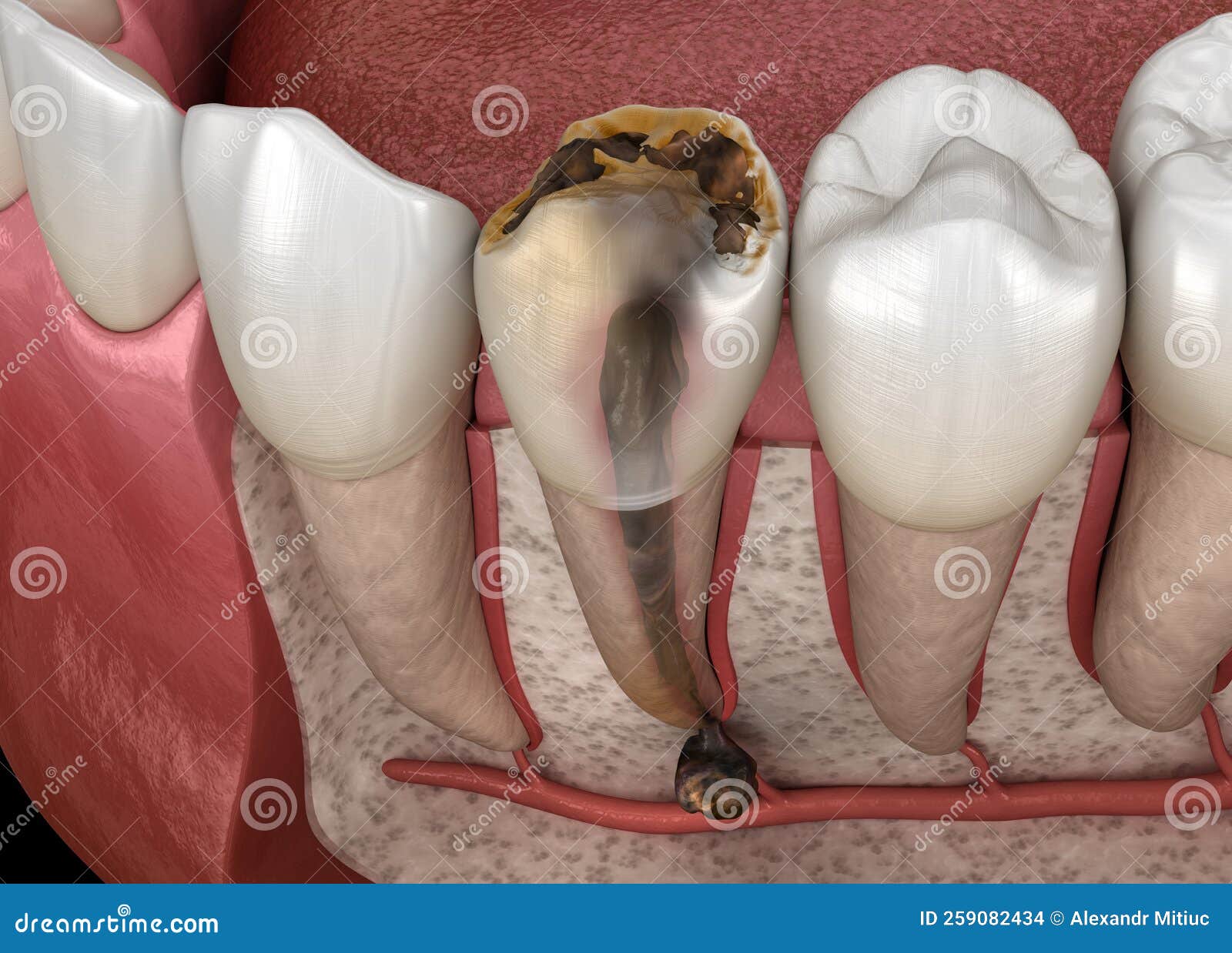Cut On Gum Above Tooth

Experiencing a cut on the gum above a tooth can be a painful and unsettling ordeal. This type of injury, also known as a gum laceration, can occur due to various reasons such as biting into something hard, a vigorous toothbrushing habit, or even as a result of a dental procedure gone wrong. Understanding the causes, symptoms, and appropriate responses to such an injury is crucial for promoting healing, preventing infection, and maintaining oral health.
Causes of a Cut on the Gum
Several factors can lead to a cut on the gum above a tooth. One of the most common causes is accidental trauma, such as biting down on a hard object, falling, or experiencing a sports injury that affects the mouth. Dental procedures, especially if not performed with precision, can also result in gum cuts. Furthermore, improper oral hygiene practices, like using a hard-bristled toothbrush or brushing too aggressively, can lead to irritation and cuts on the gums.
Symptoms of a Gum Cut
The symptoms associated with a cut on the gum above a tooth can vary depending on the severity of the injury. Common symptoms include:
- Pain: This is often the first and most immediate symptom. The pain can range from mild to severe, depending on the depth and location of the cut.
- Bleeding: Some degree of bleeding is expected, especially immediately after the injury occurs. In most cases, the bleeding stops on its own within a few minutes.
- Swelling and Inflammation: The affected area may become swollen and inflamed, which can cause discomfort and make eating or speaking painful.
- Sensitivity: The tooth and surrounding gum area may become sensitive to temperature changes, sweet foods, or pressure.
Treating a Cut on the Gum
Treating a cut on the gum involves a combination of immediate first aid, self-care, and in some cases, professional dental attention. Here are some steps to follow:
Immediate First Aid
- Apply Pressure: If the cut is bleeding, apply gentle pressure with a clean cloth or gauze for a few minutes to stop the bleeding.
- Rinse with Salt Water: Rinsing the mouth with warm salt water several times a day can help reduce swelling, ease pain, and prevent infection.
- Cold Compress: Applying a cold compress to the outside of the mouth near the affected area can help reduce swelling and ease pain.
Self-Care
- Maintain Good Oral Hygiene: Continue to brush and floss your teeth to keep your mouth clean, but be gentle around the injured area to avoid further irritation.
- Avoid Irritants: Stay away from smoking, alcohol, and spicy or sharp foods that can irritate the gums and slow down healing.
- Monitor for Signs of Infection: Watch for signs of infection such as increased redness, swelling, pus, or a fever. If you notice any of these symptoms, seek dental care promptly.
Professional Dental Care
If the cut is deep, bleeding does not stop after applying pressure, or if you suspect an infection, it’s crucial to visit a dentist. A dental professional can:
- Assess the Injury: Evaluate the extent of the injury and provide a proper diagnosis.
- Prescribe Medication: If necessary, prescribe antibiotics to prevent infection or pain medication to manage discomfort.
- Perform Surgical Intervention: In severe cases, surgical intervention may be required to repair the damaged gum tissue.
Prevention is Key
While accidents can happen, many gum cuts can be prevented by taking a few precautions:
- Practice Good Oral Hygiene: Regular brushing and flossing can help keep your gums healthy and resilient.
- Use a Soft-Bristled Toothbrush: A soft-bristled toothbrush is gentler on the gums and can reduce the risk of irritation and cuts.
- Avoid Biting or Chewing on Hard Objects: This includes ice, hard candies, or other objects that can cause trauma to the mouth.
- Wear a Mouthguard: If you participate in sports, wearing a mouthguard can protect your teeth and gums from injury.
Conclusion
A cut on the gum above a tooth, while painful and potentially problematic, can often be managed and healed with proper care and attention. Understanding the causes, recognizing the symptoms, and knowing how to respond can make a significant difference in the healing process and in preventing potential complications. If in doubt, it’s always best to consult with a dental professional for personalized advice and treatment.
How do I know if my gum cut is infected?
+Signs of infection include increased redness, swelling, pus, a foul taste in the mouth, or a fever. If you notice any of these symptoms, it’s essential to seek dental care promptly.
Can I use hydrogen peroxide to rinse my mouth if I have a gum cut?
+No, it’s not recommended to use hydrogen peroxide for rinsing if you have a gum cut. Instead, use warm salt water. Hydrogen peroxide can irritate the wound and slow down the healing process.
How long does it take for a gum cut to heal?
+The healing time for a gum cut can vary depending on the severity of the injury. Minor cuts can heal within a few days, while deeper cuts may take up to a week or more to fully heal. Proper care and possibly professional dental attention can help facilitate the healing process.